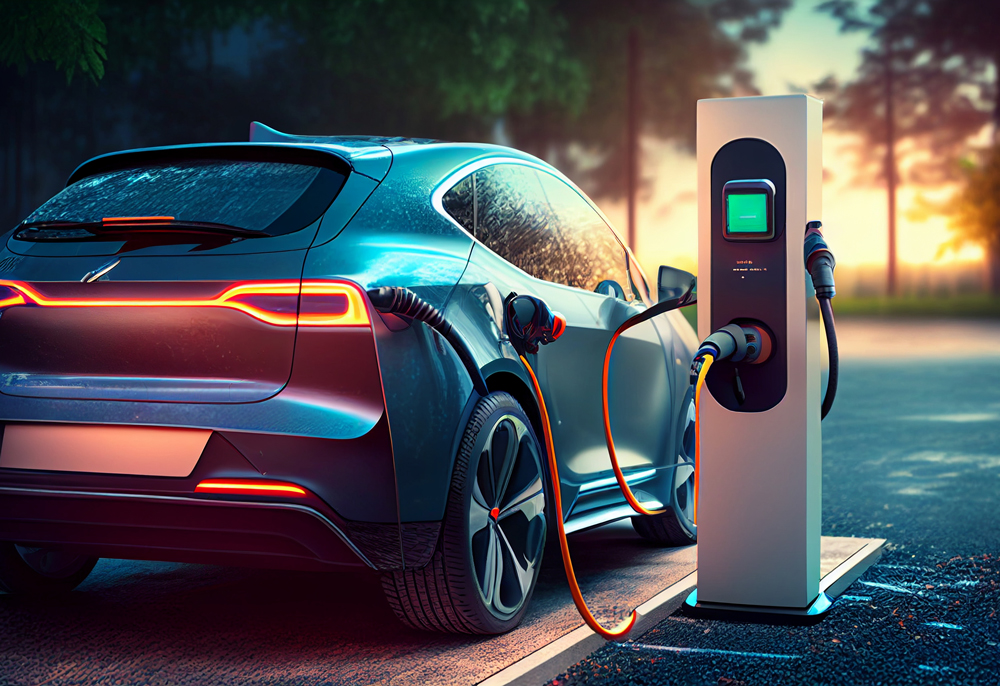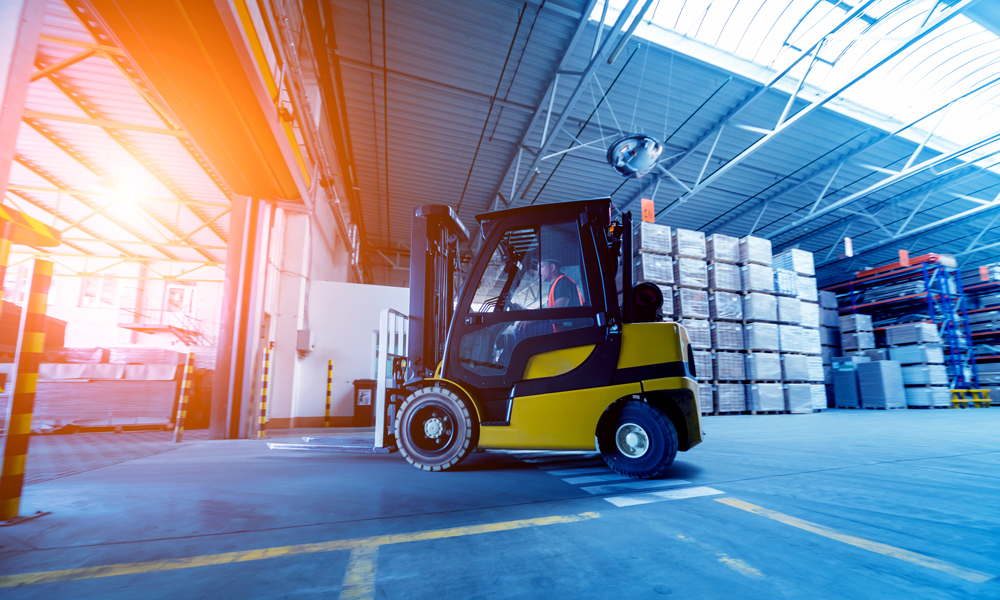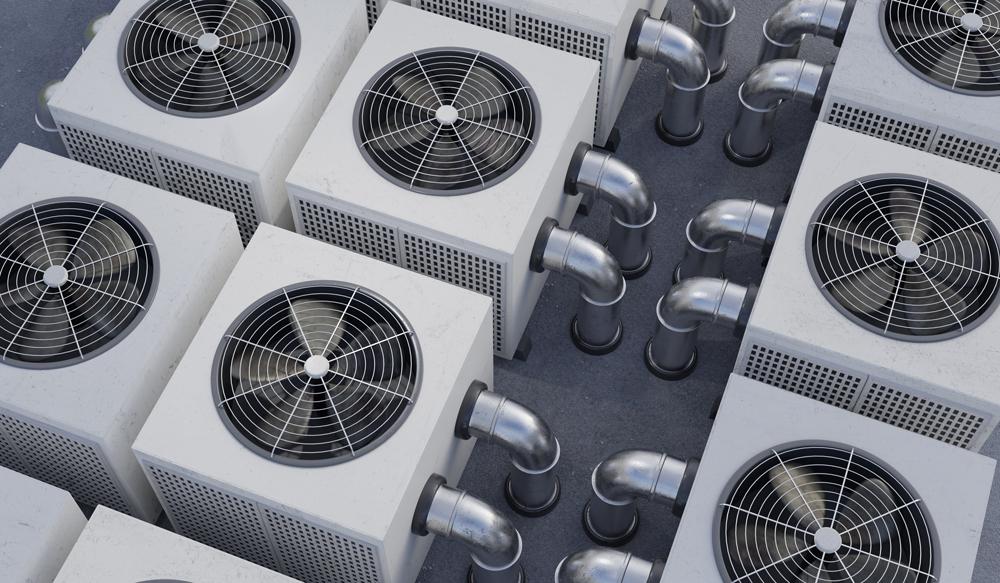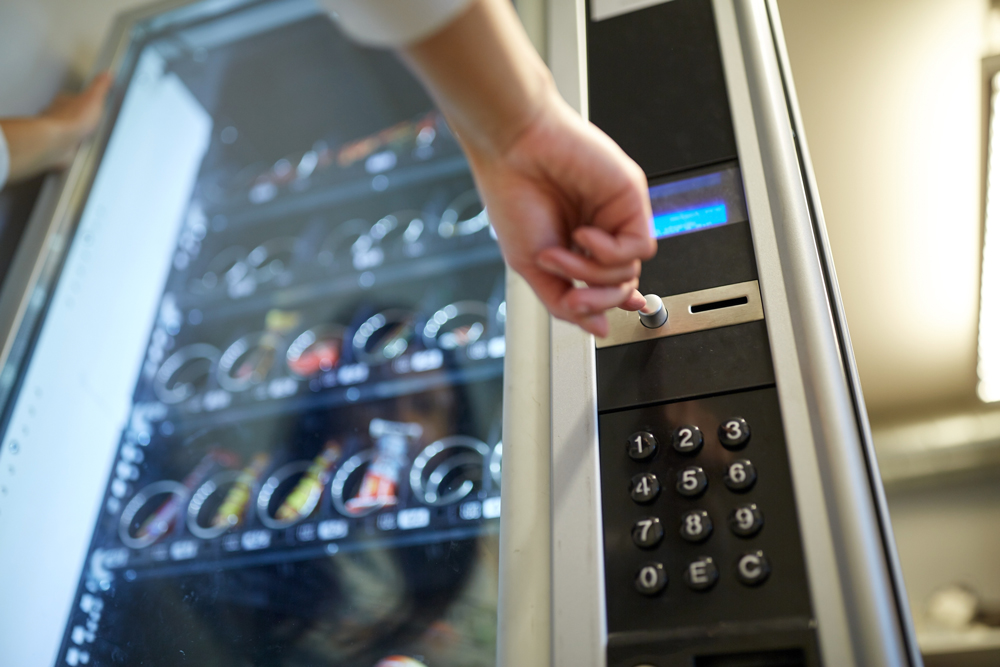Wire Harnesses: Everything You Need to Know
A wire harness is a structure made up of thermoset material that aims to protect the wires contained in an electrical system. Wire harnesses were first introduced to the market by Sadami Yazaki back in 1929, but their invention is usually attributed to the famous inventor Charles Kettering. By containing groups of wires and providing adequate protection, wire harnesses play an essential role in electrical communication that allows different electric devices to function properly in the long term.
A wire harness, also known as a cable harness or wiring loom, is a bundled arrangement of wires, cables, and connectors designed to transmit electrical signals or power within a system or across various components. It provides a centralized and organized method of connecting multiple electrical devices. Several key components and materials that create a wire harness, as well as bundling and connection options, are:
The arrangement of specific components within a wire harness can vary depending on the application, system complexity, and design requirements. Wire harnesses benefit various industries, including automotive, aerospace, industrial machinery, and electronics.
Each wire harness is designed based on its specific requirements, which means they come in different shapes and forms depending on the following points:
The versatile nature of wire harnesses makes it hard to find tailored wiring solutions in the market, meaning that opting for customized products is one of the most common practices.
Importance of Wire Harnesses
Wire harnesses are the basis of a secure and efficient wire connection in any electric device, from cars to helicopters. The use of wire harnesses provides a secure structure for wires to resist external conditions that might damage the infrastructure, including abrasions and moisture. Apart from this essential role in improving the quality and duration of wire connections, wire harnesses also help internal connections stay clear and easy to approach. When used individually, wires can create a mess and turn the internal connection into a space where no technician can work properly, turning the installation process into a difficult one. Wire harnesses help wires stay organized in a way that allows them to be connected to a single source, which makes the process easier and more straightforward.
Now that we have talked about what wire harnesses are and how they help electric devices, it is time to understand what this looks like in each specific industry.
Wire Harnesses in the EV Industry
Even though gas-powered cars have dominated the automotive market since World War I, electric vehicles are not a contemporary creation. The early invention of electric-powered vehicles took place after the creation of the first electric motor in 1828, when Robert Anderson developed the first motorized carriage prototype.
In the present day, after almost two centuries of gas-powered cars spanning streets, EVs are finding their place in a market that’s looking for ways to make transportation environmentally friendly. With this increased demand comes the need for high-quality and reliable wire harnesses that ensure the performance of these vehicles. Wire harnesses are used in many different industries, but they’re particularly important in the automotive sector.
Why Do EVs Need Wire Harnesses?
Wire harnesses for EVs are quickly becoming a necessity in the world of modern vehicles. They allow an electric vehicle to communicate with its various components and sensors and receive power from the engine and battery. EV wire harnesses come in different sizes and lengths depending on intended use. For example:
There are many different types of wire harnesses that are appropriate for EVs, but they all share one common factor: they must withstand extreme temperatures while providing reliable electrical connections. In addition, they must offer superior protection against corrosion and oxidation — which can lead to premature failure if left untreated over time — while also being lightweight enough so as not to add extra weight onto a vehicle’s frame.
Wire Harnesses and the Aerospace Industry
The first aerial flight took place in 1903, but it was not until 1908 that the aerospace industry found a role outside experimental projects. Since then, it has grown to become one of the most profitable industries in the world.
Aerospace and defense industries operate in high-risk environments and are subject to stringent standards for quality control, safety, and reliability. With these factors in mind, aerospace companies often require wire harnesses that can be customized with high security.
Wire Harnesses for the Aerospace Industry
Aircraft devices are notably changing their mechanical enablement for an electrical one. This new approach creates a new demand for safe and customized elements that can help these connections perform at their best. For these sophisticated systems to work properly, the wiring manufacturers need to find ways to keep up with these changes. Wire harnesses are an important part of any aircraft wiring system because they provide the necessary interconnections between all the different systems in an aircraft, including power distribution systems and control systems. These harnesses also protect against electromagnetic interference (EMI) noise generated by other onboard electrical components such as motors or relays.
There are three main categories of wire harnesses in the aerospace industry: standard elements, non-standard elements, and those that are only available upon specific requests, better known as commercial-off-the-shelf components. The main difference between standard and non-standard components is that standard parts are made for specific applications and can be used for multiple applications. On the other hand, non-standard parts are made for specific applications and cannot be used for multiple applications. Commercial off-the-shelf components (COTS) are those components that are only available after someone presents a request.
Wire Harnesses in Specialty Transportation
The specialty transportation industry refers to vehicles that are made to move objects that cannot be handled by regular vehicles, mainly because they exceed the weight allowed for road transportation. Specialty vehicles were at first limited to flatbed and dry vans. However, as time went by and different industries started developing a variety of needs, new tailored vehicles entered the market including trailers, RVs, buses, forklifts, and agriculture equipment.
Some of the resources that specialty transportation aids include:
Considering the complexity of these vehicles and the amount of weight they handle, their internal systems need to be as streamlined as possible in order to perform their best. Because these applications involve moisture and potential hazards to electrical components.
The standard wire harnesses for the transportation industry are designed with durable materials like nylon and polyester that can withstand harsh conditions such as high temperatures and humidity. They must also be able to withstand wear and tear from constant use over time, which means they must be able to resist abrasions from sand or other debris that can damage electrical connections over time.
Wire Harnesses in HVAC
The Heating, Ventilation, and Air Conditioning industry is a specialized field of engineering that focuses on the design, installation, maintenance, and repair of refrigeration systems. The HVAC industry was first introduced in 1902, when Willis Carrier created the first air conditioning device. The main goal behind Carrier’s creation was to acclimate a printing production plant in Brooklyn, New York. The air conditioner was revolutionary, and it quickly spread to other companies and manufacturers. Not long after its first appearance, air conditioners were installed in homes, offices, and buildings all over the world. Carrier’s invention helped to revolutionize the way people live and work, making it possible to stay comfortable in hot climates and to keep sensitive equipment from overheating. Currently, air conditioning is a common feature that new buildings include in order to attract potential buyers, which has resulted in a notable industry profit growth.
HVAC devices have complex internal structures that include equipment that require wires to transmit power from the engine to the various components inside the unit that make it work. With complex internal systems that require a reliable connection, it is not a surprise why this is one of the industries where wire harnesses play an essential role with specific requirements.
Wire harnesses for HVAC should be sized appropriately for the space on which they will be installed (smaller places than, for example, agriculture transportation vehicles), and they need to be ready for exposure to extreme temperatures and high levels of vibration for long periods of time. Whatever their situation may be, these wire harnesses must always be able to perform at an optimal level.
Wire Harnesses in the Marine Industry
The foundations of the marine industry have been around for centuries, with the earliest known records of maritime activity dating back to the ancient Egyptians. This industry includes a complex group of companies that produce and sell products directly related to water transportation. This namely includes boats powered by a variety of energy sources. With its products and services playing a vital role in global trade and transportation, and a consequential expected growth of almost 5.3% in the next few years, the boat manufacturing market has become a well-known business with its own regulations, rules, and expectations.
Why Do Marine Devices Need Wire Harnesses?
The marine environment is especially challenging, so having the right protection for electrical connection is essential to keep transportation safe and up to regulation.
There are many different types of wire harnesses used in the marine industry, but they all share some essential basic requirements:
Wire harnesses applied to the marine industry can be found on a variety of systems, including those related to navigation, engine control, and lighting. They can be divided into three main categories: sealed connectors, non-sealed connectors, and ink jet printing capability.
Sealed connectors are used in applications where there is a chance of water getting inside the device. For example, when you install an engine on a boat, you will need a sealed connector because there is a chance for water to come into contact with the connector during its operation. This type of connector is commonly used in boats or other vehicles that operate under water or near bodies of water such as lakes or rivers. Non-sealed connectors are used whenever moisture does not come into contact with the device or control panel during its operation. Terminals, on the other hand, need to be reliable and strong enough to ensure that different components can function as a whole system.
Wire Harnesses and Vending Machines
Vending machines are well-known dispensers that are used for commercial purposes. Vending machines are commonly found in public places such as schools, airports, shopping malls, and office buildings. These snack dispensers are typically a coin-operated mechanism, but some newer models accept credit cards and other forms of payment. The items dispensed by the machine are usually stored in a spiral-shaped tray or carousel.
Although very different uses, there is a similarity between HVAC and vending machines. Vending machines and HVAC devices are both commercial products used in businesses, and they both require regular maintenance and servicing to ensure they are functioning properly. However, vending machines require more frequent maintenance than HVAC devices, as they are used more often and need to be stocked with new items. Plus, vending machine harnesses may be part of the moving mechanics of machine.
Why Vending Machines Need Wire Harnesses
A wire harness for a vending machine will be used to connect all of its main components, this includes everything from the power supply to the coin acceptor, bill acceptor, and display. The wire harness is responsible for providing power to all of the components and allowing them to communicate. It is also responsible for providing a secure connection between the components and the vending machine’s main board. The wire harness is typically made up of several different types of wires, including power wires, signal wires, and ground wires.
When and How to Get the Ideal Wire Harness for Your Devices
Regardless of operating industry or mechanism size, all wire harnesses require specialized, detailed work done by professionals. A custom wire harness is achieved by the combination of a strong engineering background, design work, and industry knowledge. In order to find the proper wire harness for your specific product, contact companies that have an interdisciplinary team of professionals to take the project from a starting point to successful testing in order to achieve optimal results.
At Kauffman, we offer an interdisciplinary approach to wire-harness creation, with the main goal of saving our clients hours of meaningless research by providing tailored wiring solutions. We have everything from products to wiring services, and our expertise includes work on a variety of industries from EVs to HVAC devices.






